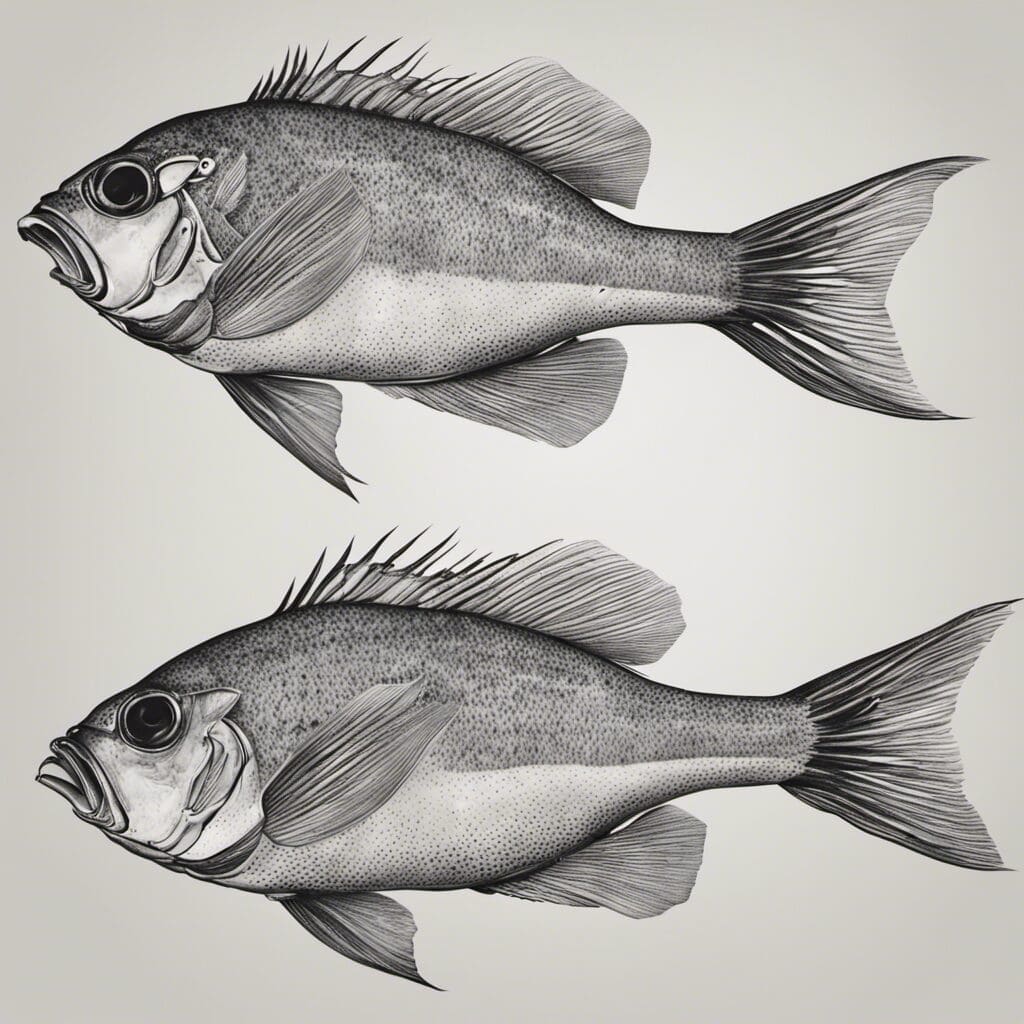Introduction
Dhufish, scientifically known as Glaucosoma hebraicum, belongs to the Glaucosomatidae family. Best known for their robust size, Dhufish often go by the name of Western Dhufish or West Australian Dhufish.
Conservation Status
The Dhufish is currently classified as a “Near Threatened” species according to at-risk species red-list from IUCN (International Union for Conservation of Nature). Conservation efforts are underway and include stricter fishing regulations, bag limits, and spawning season protections to prevent overfishing.
Statistics
| Statistic | Average | Range |
|---|---|---|
| Length | 20 inches | 12-30 inches |
| Weight | 15 lbs | 5-28 lbs |
| Lifespan | 15 years | N/A |
Distribution
Dhufish are native to the southwest coast of Australia, predominantly residing in the vicinity of Western Australia. These fish do not typically engage in vast migration patterns but do show slight seasonal shifts in local waters.
Habitats
Primarily a saltwater species, Dhufish live in marine environments within depth ranges of 1 to 60 meters. They thrive in water temperatures between 13 and 23 degrees Celsius, often found around reefs and sea caves.
When and Where to See
Dhufish are particularly noticeable during their spawning periods which usually occur between November to January. Early morning or late afternoon is the optimal time to view these creatures.
Best Fishing Locations
Western Australia’s southwestern coast boasts the greatest concentration of Dhufish. Specific locations include Geographe Bay, Jurien Bay, Kalbarri, and the Abrolhos Islands. For general tips, search areas with considerable reef structures as Dhufish often find shelter here, especially during their breeding season.
How to Catch
The most effective technique to catch Dhufish is bottom fishing using either live bait or lures. The type of bait often includes san herring, pilchards, and squid. The optimal time for fishing is during the early morning or late afternoon, especially during the spawning season.
Identification Guide
Dhufish typically exhibit a black and white body color with a compact, sturdy shape. They sport prominent, broad head and small mouths. They can be differentiated from similar species by their unique spear-like dorsal fins.
Culinary
Dhufish flesh is a delicacy often praised for its mild, sweet taste and firm texture. It’s high in protein and contains considerable amounts of Omega-3 fatty acids. The fish can be either pan-fried, barbecued, or made into a savory curry.
Additional Information
Feeding habits of Dhufish include preying on smaller fish, crustaceans, and cephalopods. Natural predators include large sharks and seals. Overfishing and habitat degradation, largely due to human activities, pose as significant threats to the species. Dhufish hold significant economic value and are emblematic of Western Australia’s marine biodiversity.
References & Further Reading
- Department of Fisheries, Western Australia
- IUCN Red List of Threatened Species
- Australian Marine Guide – Dhufish
Note: Actual fishing rules and regulations must be checked for the specific fly fishing site as they may change periodically

